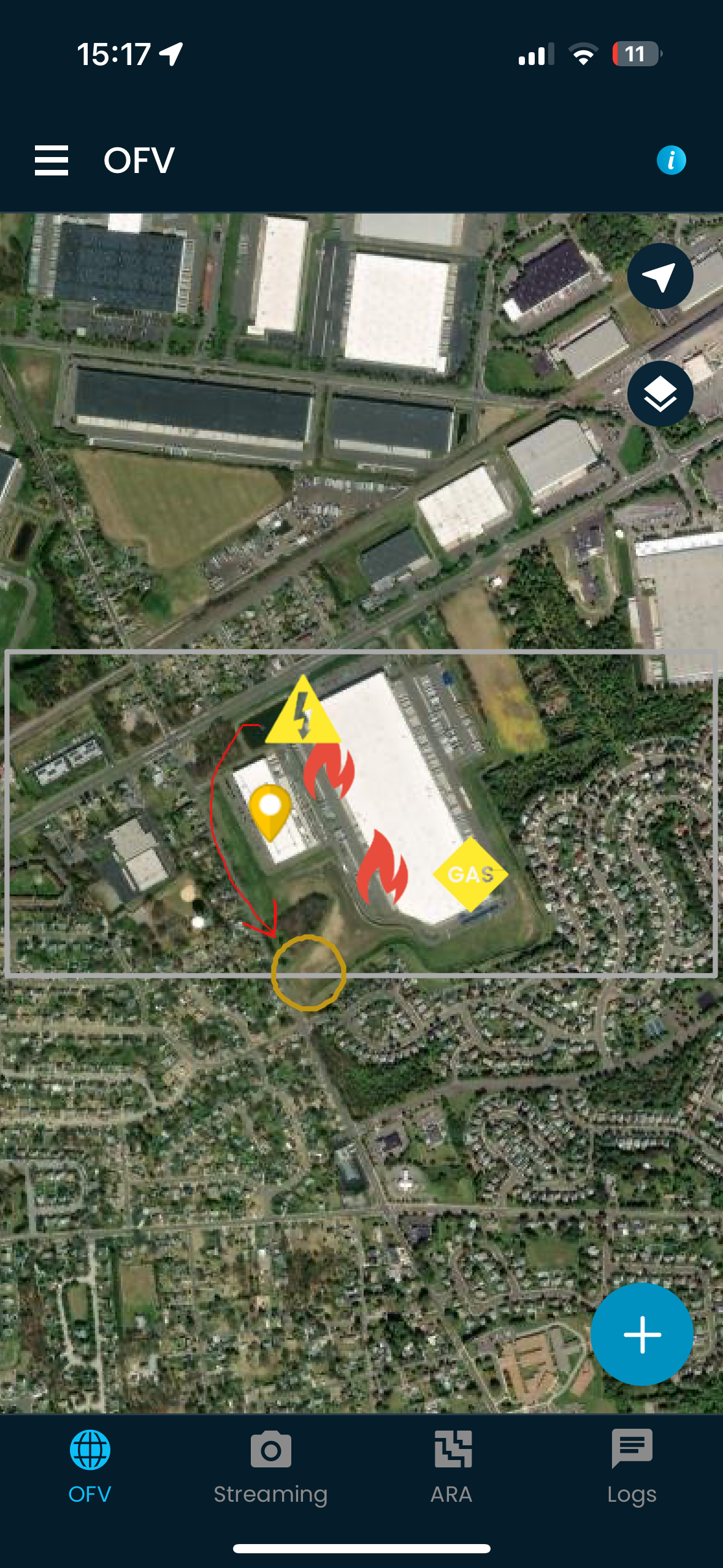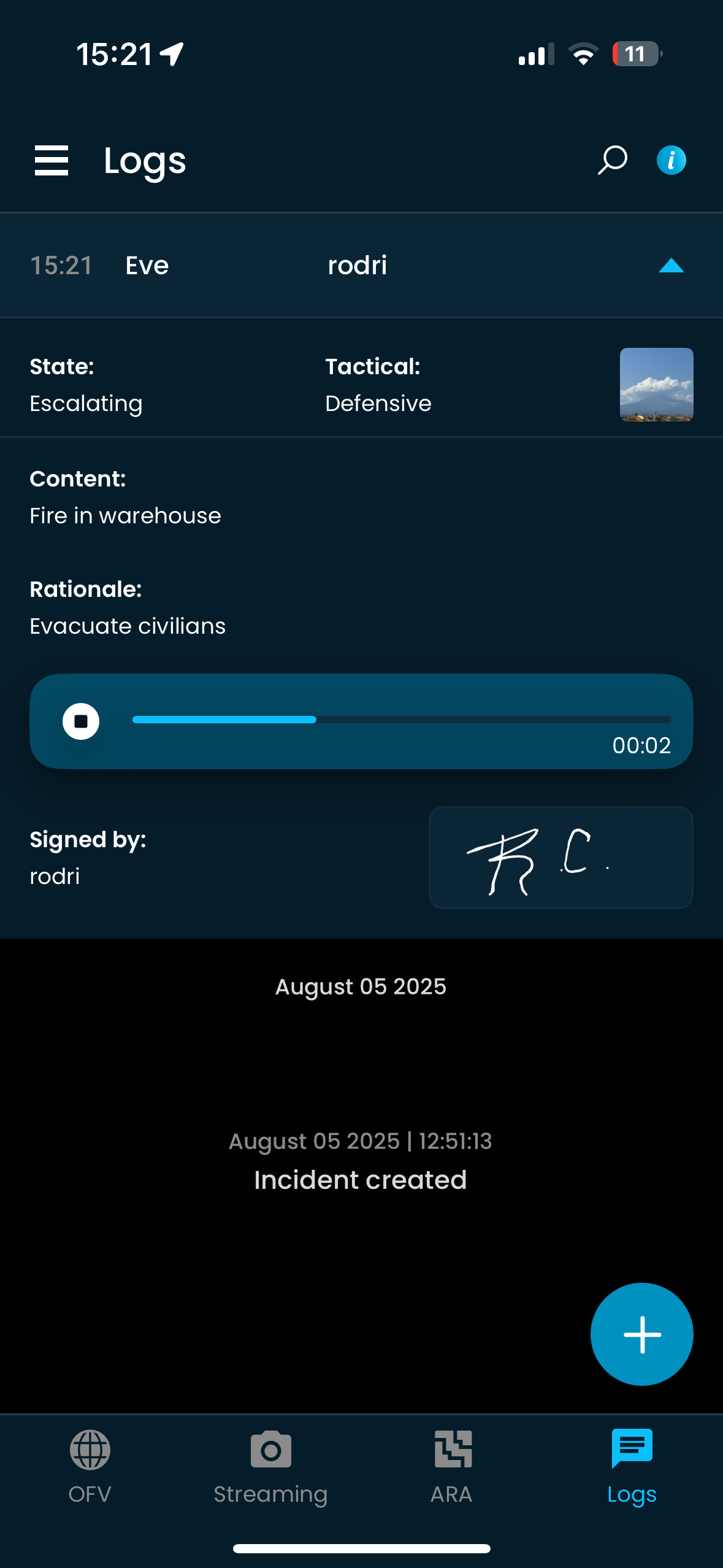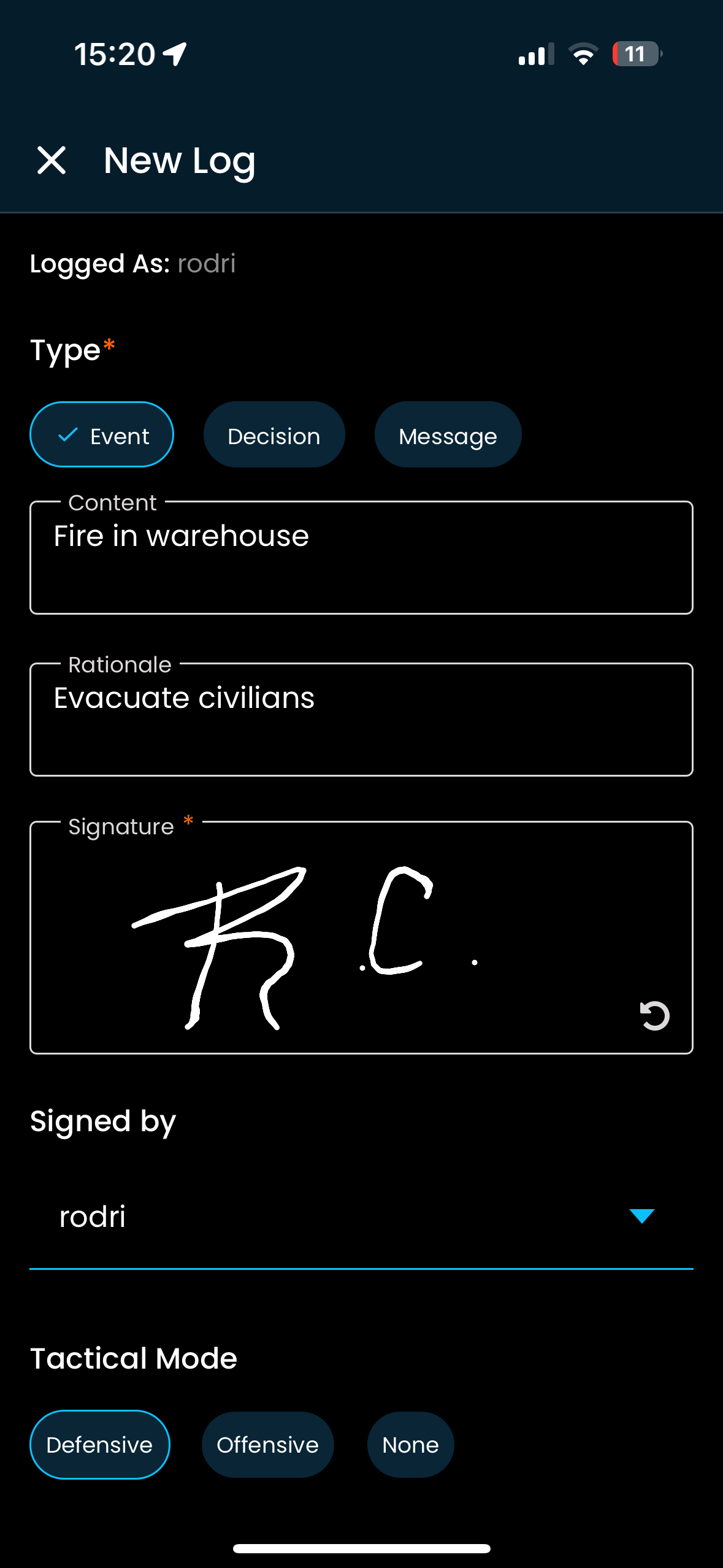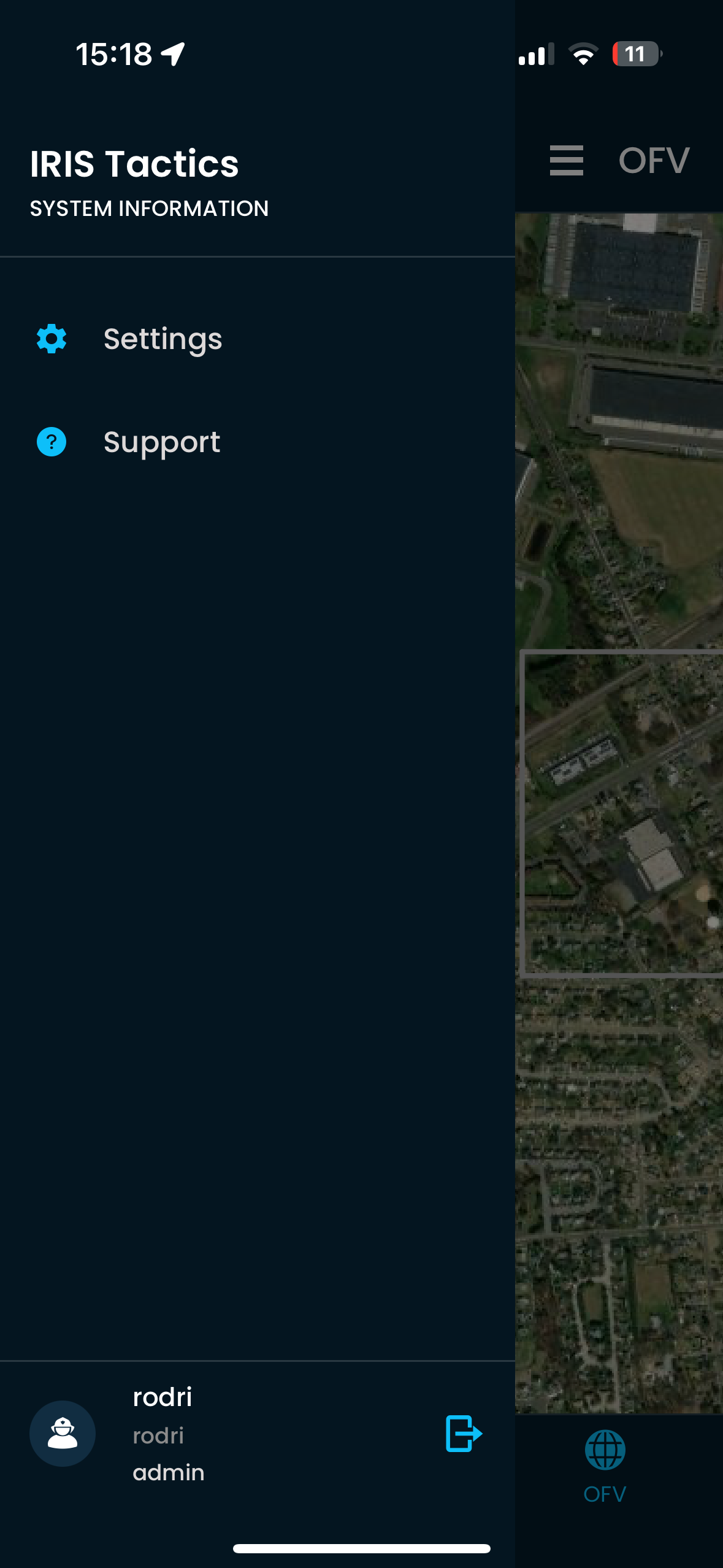Iris Tactics is a cutting-edge mobile application developed with React Native. My role involves bugs fixing, leading the development of new features and driving design improvements, always maintaining a high standard of clean, structured, and efficient code. I also oversee the entire release process, from preparation to deployment, ensuring seamless launches on both Google Play and the App Store. Additionally, I manage the ongoing maintenance of the code repository in Azure, ensuring smooth and efficient collaboration across the development team.








This project is a robust cross-platform mobile application developed using React Native, designed to deliver a seamless user experience on both iOS and Android devices. The architecture leverages TypeScript for type safety and maintainability, while integrating native modules through Swift, Objective-C, and Java/Kotlin to access device-specific features and optimize performance. The project structure follows best practices for scalability, with a modular organization of components, hooks, context providers, and utility functions, ensuring code reusability and ease of testing.
The application incorporates a comprehensive state management solution, utilizing React Context and custom hooks to manage authentication, user sessions, and global state efficiently. Navigation is handled through React Navigation, providing a smooth and intuitive user flow across multiple feature-rich screens. The UI is crafted with a focus on accessibility and responsiveness, employing custom components and theming to maintain a consistent look and feel. Asset management is streamlined with dedicated folders for fonts, images, and vector graphics, supporting dynamic content and localization.
A key aspect of the project is its integration with native build systems and third-party services. The Android and iOS folders contain custom Gradle and Xcode configurations, enabling advanced features such as push notifications, secure storage, and deep linking. The project also includes automated testing with Jest and end-to-end tests to ensure reliability and maintain high code quality. Continuous integration scripts and environment configuration files facilitate smooth deployment and team collaboration.
Notable features include secure authentication flows, offline support, real-time data synchronization, and a modular design that allows for rapid feature expansion. The codebase is thoroughly documented, with clear separation of concerns and adherence to industry standards. This project exemplifies modern mobile development practices, combining the flexibility of JavaScript/TypeScript with the power of native code to deliver a high-performance, user-centric application.